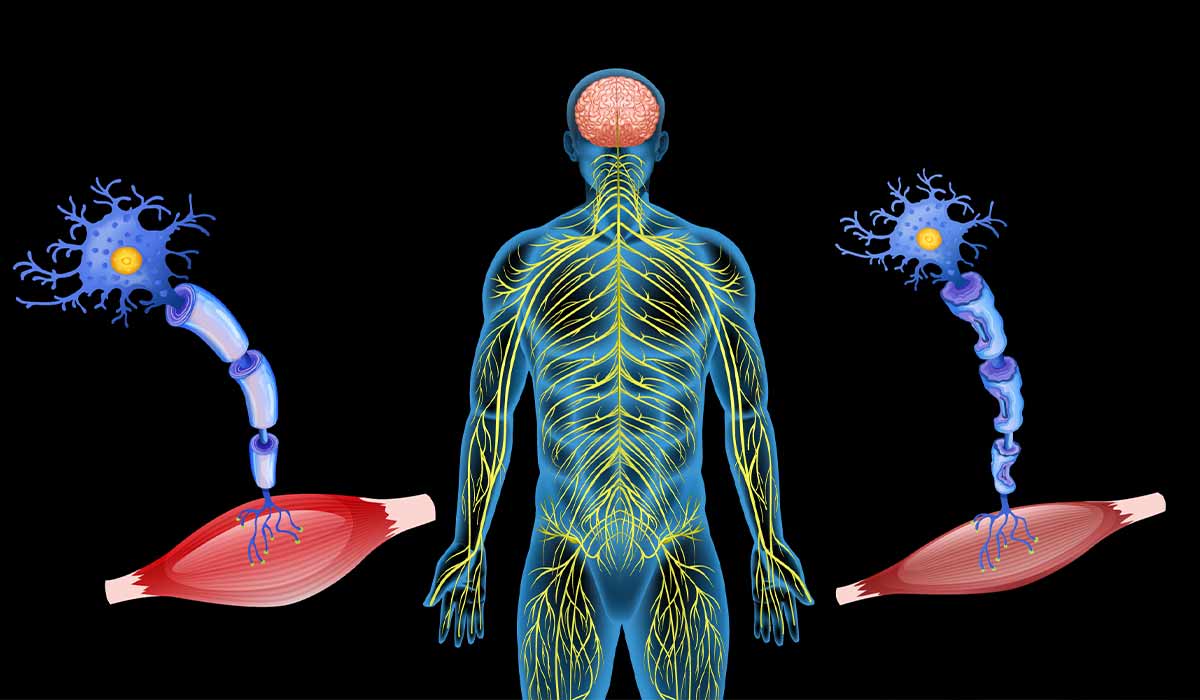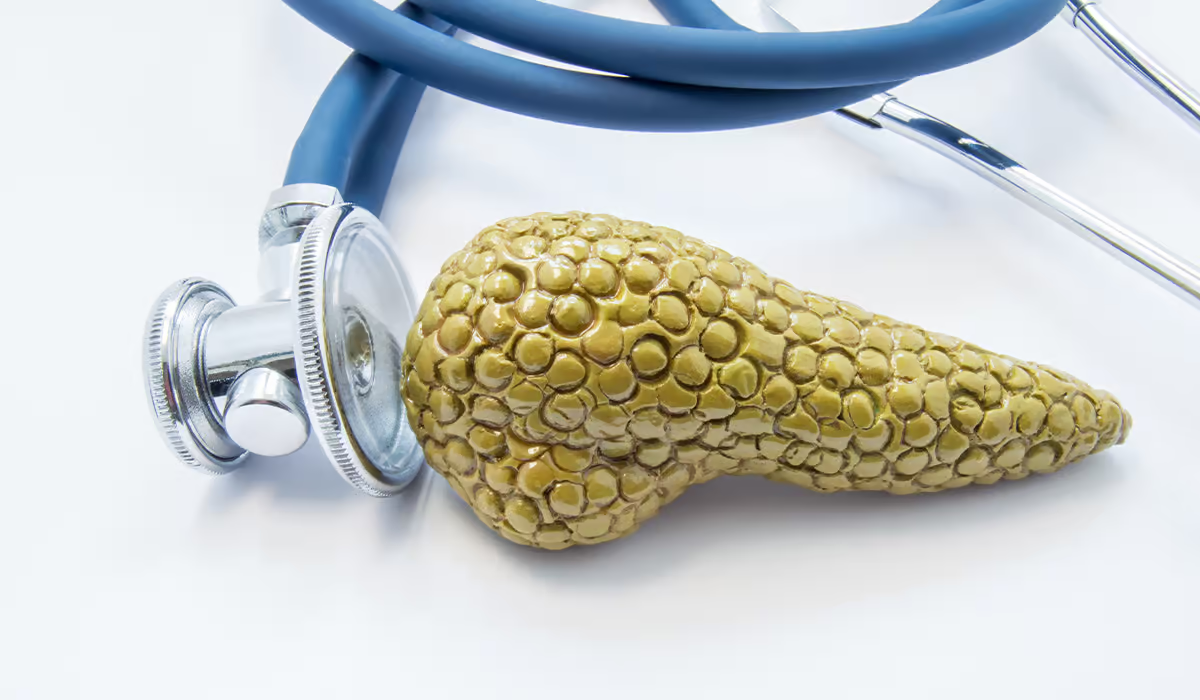Being water-biding, it has a stabilizing nature, hence its presence in several edibles, some hair products, and cosmetic products. As a result, the ingredient has become vastly studied and primarily discussed. Doctors find the protein crucial because it is linked to many diseases.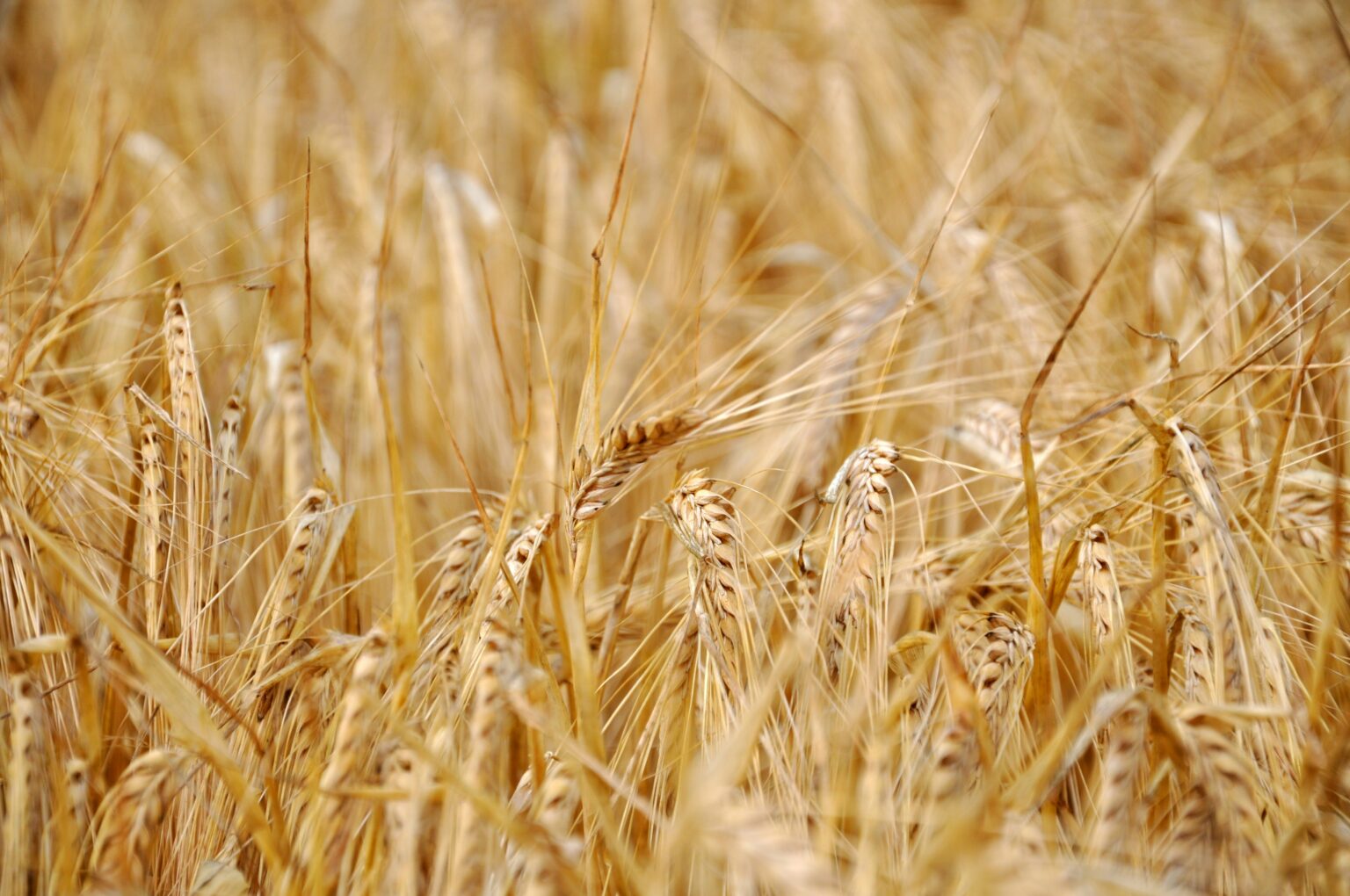
Patients whose bodies react toward gluten hypersensitivity must avoid all forms of the ingredient. Companies that manufacture the product are supposed to identify whether the product they manufacture is gluten and whether it is labeled. Being a peptide sequence, it occasionally causes several adverse effects. It may be related to the fact that the substance is not always easily digested in the stomach, pancreas, and intestines. For other diseases, patients are also supposed to take the diet since it also has a subpart of the population who are also gluten intolerant. Focusing on gluten has increased in the past. For ordinary people, eating food made up of gluten is not harmful. Find out more about gluten.
Properties
Gluten combines many plant proteins found in some cereal and non-cereal species. Gluten’s most distinctive characteristic is that it primarily influences the texture of products. This component is found naturally in many foods and may be extracted from and altered in these products. Gluten is an intricate combination that encodes certain proteins, such as glutenin and gliadin. Since different wheat varieties contain different types and amounts of gluten, the components may differ with growth circumstances and technological production processes. The roles of gluten are as follows:
- Moisture retention
- Improving texture
- Improving flavor
Moisture Retention
To cook properly, the gluten matrix in food is between water-stable and heat-stable bound states. The swelling capacity is also one of the gluten properties. Gluten binds a significant amount of water and thus helps to retain moisture in the product. The food is soft and spongy while keeping the required moisture in the product. It is necessary to prepare foods like bread or dough, for example. Gel-like in consistency gluten provides for a sticky and viscous dough while retaining the gas in the dough will increase its volume.

Improving Texture
As a binding agent, gluten helps unite the individual ingredients into a single mass. Protein is a stabilizer that helps maintain the correct texture of food. For this reason, food manufacturers often add gluten to various foods. Gluten is responsible for fluffing up the dough and binding the ingredients together. It binds fat to water, emulsifies, and stabilizes.
Improving Flavor
Besides the chemical and natural properties that explain gluten’s additive effects on food, gluten also betters the taste and flavor of food. Gluten is a plant protein that is an excellent carrier for flavors and spices. Undoubtedly, gluten is not as potent, given that it has a delicate flavor close to cornstarch. However, it can bring out the flavor of a range of foods. As a food additive, gluten shows its effectiveness in improving the sensory perception of food on the part of the consumers.
Sources
Gluten naturally occurs in different cereals. It is also extracted from those cereals, modified, and added to other food products. Thus, gluten is among the most commonly found ingredients in numerous products.
- Cereal products
- Meat
- Dairy products
- Spices
- Sauces
- Sweets
- Medicines
Cereal Products
Most cereals, breads, and cereal products contain the most gluten. Storage proteins in different cereal grains are stored and bonded with starch. Wheat and its varieties, however, are the primary sources of gluten. Besides barley, rye, and oats, cereal types can also be the sources of gluten. Pasta, bread, and biscuits are the products that contain gluten.

Meat
As it is also a food additive, meat products might include gluten. Processed meat, therefore, might contain gluten, unlike pure and unprocessed meat. Processed seafood and different meat substitutes can thus contain gluten. Vegan meat substitutes, using cereals as their ingredients, can contain gluten. Pure meats, however, are the gluten-free type of product.
Dairy
Dairy products, too, can contain gluten. Emulsifiers and stabilizers need a gelling and thickening agent to be used. Therefore, dairy products, such as butter and ice cream, might include gluten. Labels of dairy products can show information about gluten. Milk, cheese, cream, yogurt, and most dairy products do not contain gluten; however, gluten might be present in some.
Spices
Gluten can enhance a product’s flavor and is therefore found in different spice types, spice mixes, and seasonings. Although gluten can be in various spice blends, it is naturally gluten-free.
Sauces
Many types of sauces, marinades, and dressings can include vegetable proteins. To improve consistency, manufacturers can add a gelling agent containing gluten. Sauces like mustard and ketchup can also contain gluten.
Sweets
Various processed foods and sweets can contain gluten. Plant protein is a gelling agent in sweets and confectionery products. Barley malt-based products, such as drinks and desserts, are also available on the market.
Medicines
Gluten proteins are also used as fillers and are found in some medicines. Some pills have gluten in trace amounts. Therefore, when purchasing medicines and dietary supplements, remember that they, too, may contain gluten.

Health Issues
Gluten is safe for healthy people who do not have hypersensitivity to this ingredient. Gluten can even be beneficial, as it positively impacts the intestine, serving as a natural probiotic. Many scientists have provided numerous research studies proving that eating whole-grain cereal products suits people’s health. Unfortunately, certain groups of people need to avoid consuming such products, as gluten is contraindicatory for them. Gluten-related diseases and ailments make it difficult for patients to consume gluten. Such problems may include the following:
- Coeliac disease
- Wheat allergy
- Non-coeliac gluten sensitivity
- Gluten ataxia
- Dermatitis herpetiformis
Coeliac Disease
Celiac disease (CD) is an abnormal body reaction to gluten. It is a genetic susceptibility that induces the disease in susceptible individuals. The level of pathology in the gut is related directly to the severity of symptoms. This autoimmune disease causes changes in the intestinal anatomy.
Classic coeliac disease is seen in patients with symptoms. These are malabsorption and digestive symptoms, including diarrhea, resulting in weight loss. In atypical coeliac disease, there are more subtle symptoms; there is also an utterly asymptomatic type.
Diagnosis tests may help recognize and treat unrecognized nutritional deficiency states and resolve previously stable, minor symptoms. All tests for celiac disease should be performed when the patient is on a gluten-rich diet. The treatment is a gluten-free diet. Nutritional deficiencies must also be supplemented.
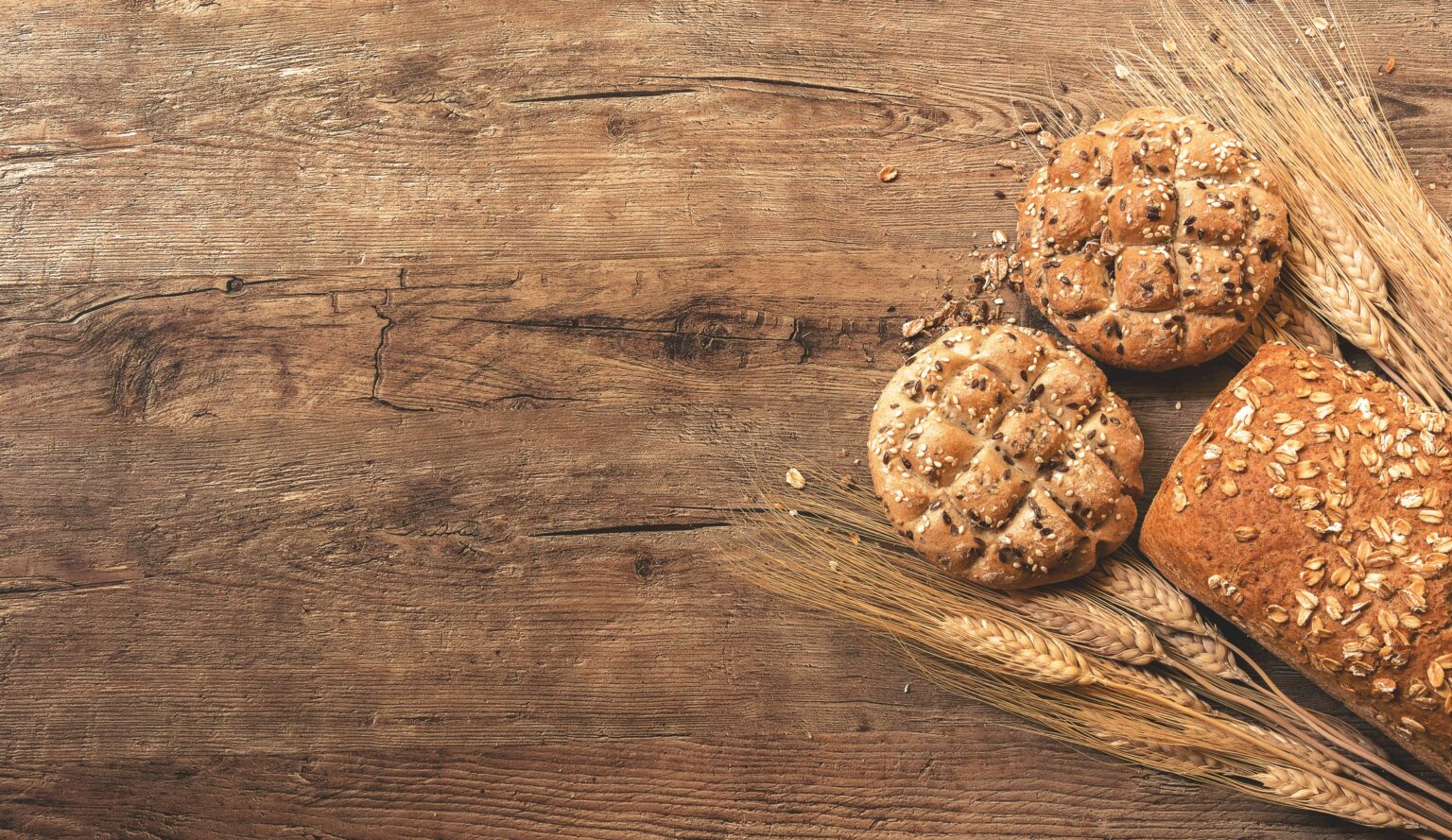
Wheat Allergy
Many people have allergies to grains. This is a common type of allergy. Most of the patients that doctors see are patients with wheat allergies. The patients with cereal allergies are primarily children. The disorder is caused by the body’s reaction to insoluble wheat gliadins. This reaction happens after the human has dinner, so the symptoms appear quickly.
The main symptoms suffered by the patients are respiratory problems and an itchy rash. At the same time, some symptoms from the digestive system can be observed. Allergies are rather dangerous as they can cause anaphylaxis. The patient needs to be diagnosed to find out what the allergen is. The diseases can be treated by avoiding allergens. This can be a gluten-free diet or excluding only one type of grain.
Non-Coeliac Gluten Sensitivity
In addition to coeliac disease, non-celiac gluten hypersensitivity is also distinguished. However, some experts further ponder over to observe whether gluten can cause symptoms in people without the specific immune response of celiac disease.
However, it is a rare syndrome with a heterogeneous group of patients who reported different gastrointestinal and extra-intestinal symptoms. Moreover, individuals do not have an allergy to wheat or other cereals. At the same time, the symptoms they develop due to the eatables are related to the consumption of cereals such as these.
On the other hand, patients are also observed to improve as they discontinue gluten-containing products. However, although it is a mystery to researchers, the symptom syndrome associated with this is not yet understood. Many scientists think it is not gluten but the different types of carbohydrates that cause a mild wheat intolerance; usually, it is limited to gastrointestinal symptoms.
However, NCGS is a complex hypersensitivity requiring multiple tests to confirm the condition. Diagnosis of non-celiac gluten hypersensitivity mostly depends on excluding things that resemble symptoms. However, the treatment is often similar to that of coeliac disease.
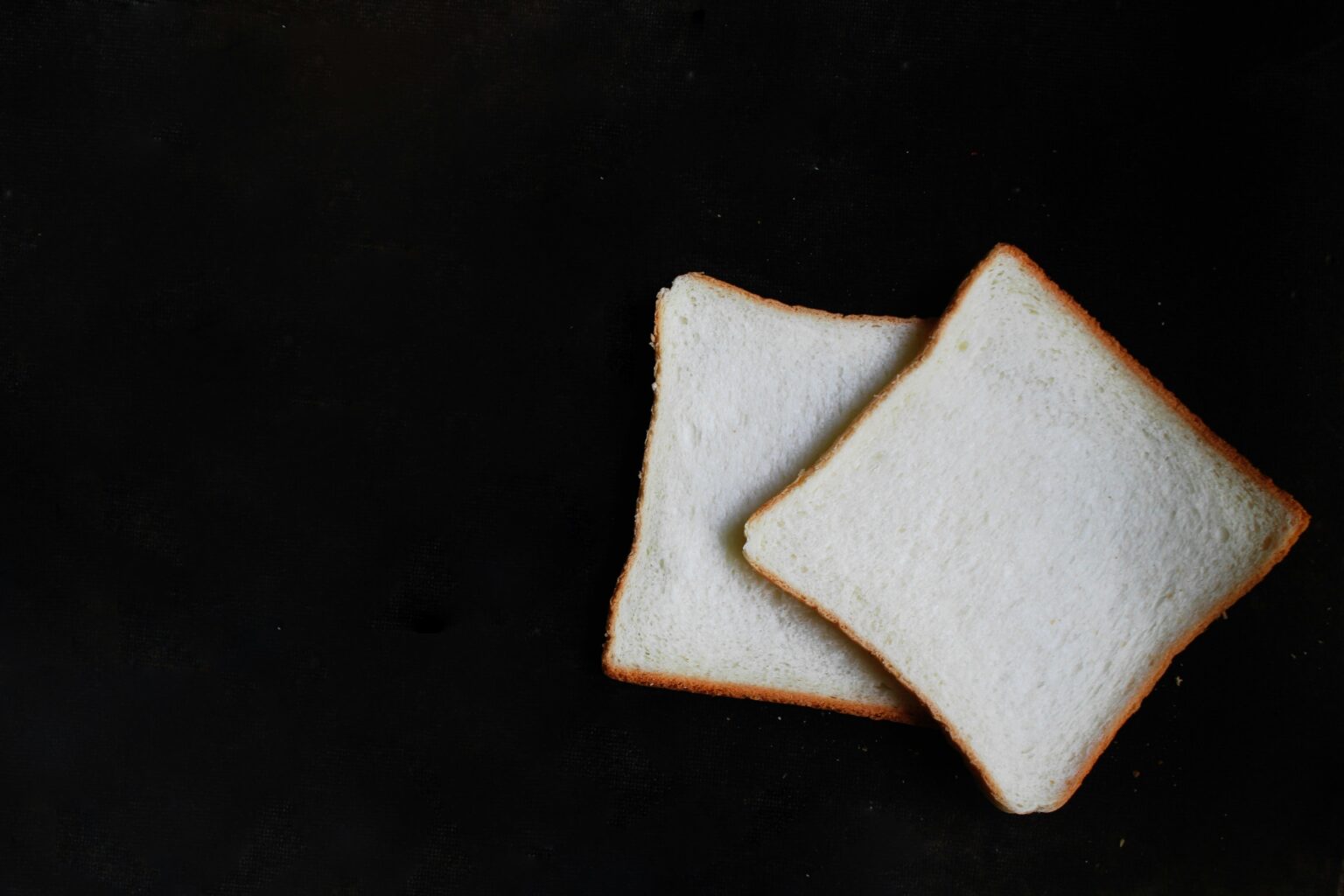
Gluten Ataxia
Other autoimmune diseases occur due to celiac disease. Recent studies have shown that its symptoms are getting through the nervous system. Gluten ataxia is an unpleasant complication classified as a neurological disease. The mechanism of the disease, however, is not clear to scientists. It was suggested that some antibodies could attack the cerebellum.
Gluten ataxia unnoticeably emerges in adults and even seniors in the fifth or sixth decade of life. The manifestations of the disease include various movement disorders, muscle tremors, dysarthria, neuropathy, and sometimes dementia.
Diagnosis of this disease is challenging; that is why it is only likely if another first research shows ataxia. If the disease celiac is diagnosed, the patient should be alerted to the potential hazards of ataxia addressed above. Sometimes, choosing a gluten-free diet is not enough as a treatment. In addition, the doctor may prescribe medicine to reduce the neurological symptoms.
Dermatitis Herpetiformis
Dermatitis herpetiformis is an itchy and blistering skin disease related to gluten intolerance or coeliac disease. Infection results in inflamed blisters and bumps. The skin lesions may manifest on one’s knees, forearms, scalp, and other areas. Gluten-related dermatitis is not expected, as it happens at a senior age and beyond. The herpetic lesions take a long time to clear, and the pimples affect the pigmentation of the skin.
The doctor can diagnose dermatitis herpetiformis by examining your symptoms and conducting tests. However, they may require a skin biopsy in the process. The long-term treatment is a strict gluten-free diet, but they can always prescribe some treatment to manage itching in the short term.

Intake
Against the background, cereal products are standard in a healthy person’s diet, and the latter is healthy because cereals contain many valuable substances that supply the body with the necessary energy. Such products can be the basis for human nutrition. Another representative of cereals, including many, is bread, particularly wheat bread. It is considered the primary source of gluten. The moderate consumption of this substance by a healthy person is 5-20 g/day. Depending on the age group of healthy people and their place of residence, the latter value may be higher.
According to the corresponding guidelines, the possible consumption of gluten in people suffering from gluten intolerance is much lower. Their diet does not contain the products mentioned earlier, almost wholly lacking gluten. For some patients, even minimal amounts of this ingredient are harmful. The quantity of gluten-fixed safely for people with coeliac disease varies widely: 10-100 mg of gluten per day.
Such people need to consume gluten-free products at all times. The latter must not be made from oats or malt, as the former is a glutinous product and the latter is germinating. The maximum detection limit for gluten in this product is 20 ppm, and the food company must follow the “top-down” guidelines and indicate on its product the amount of this ingredient present.
Summary
Gluten is a redundant protein, the quantity of which sometimes exceeds several times the average level. The product is meant to be used above all as an ingredient in cereals such as wheat. It gives the initial dough product a particular acetose and viscid smell and good shaping characteristics. At the same time, it can be added to non-cereal items, as manufacturers use gluten, being aware of this element’s benefits.
This element is not dangerous for healthy people, but patients can have a low tolerance for it. Celiac disease is a rather frequent issue connected with this element. Therefore, the recommended consumption of gluten relies on the patient’s state and restrictions. Some patients may also follow a gluten-free diet all their lives.
Sources
- Jessica R. Biesiekierski (2017). What is gluten? https://onlinelibrary.wiley.com/doi/pdf/10.1111/jgh.13703
- Hossein Akhondi, Albert B. Ross (2022). Gluten-Associated Medical Problems. https://www.ncbi.nlm.nih.gov/books/NBK538505/




